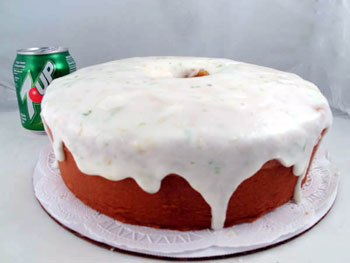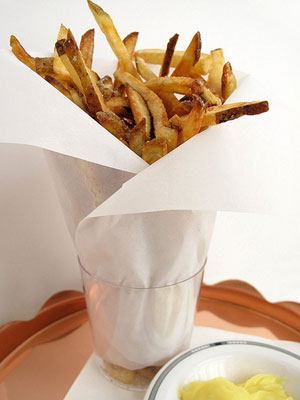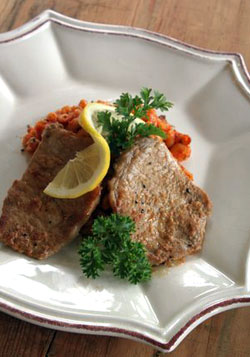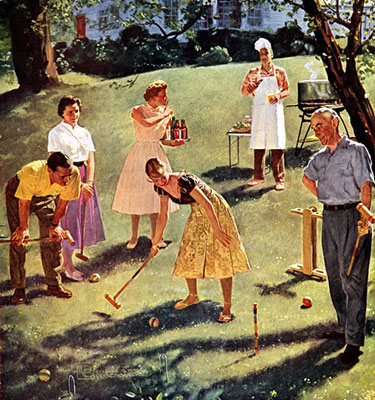 I remember reading her words like it was yesterday. Molly once said that prunes were among the few foods with their own built-in laugh track. And gosh darnit, she’s right. I still giggle when I think about them, even when people were saying they were delicious and I should try them. And you know exactly what this boy is talking about, quit trying to be coy and pretend you don’t know. We’re friends here.
I remember reading her words like it was yesterday. Molly once said that prunes were among the few foods with their own built-in laugh track. And gosh darnit, she’s right. I still giggle when I think about them, even when people were saying they were delicious and I should try them. And you know exactly what this boy is talking about, quit trying to be coy and pretend you don’t know. We’re friends here.
Luckily I can now tell you that I no longer laugh as hard as I once did when I say the words prune and I can also tell you that I no longer put the palms of my hand to my lips and make mega-sounds. And why? Because scattered among the yards and yards of breakfast items on the buffet table at Club Med in the Bahamas were bowls of stewed prunes.

 Years ago, when I was living on Beacon Street in Boston’s Back Bay, I was invited to a rooftop barbecue by my neighbor. Everyone was bringing something, so I thought a pound cake with fresh strawberries would be nice. It was a great party, and the host, who was raised in North Carolina, prepared an elaborate feast of primarily Southern Cuisine – ribs, chicken, baked beans, succotash, corn bread, etc.
Years ago, when I was living on Beacon Street in Boston’s Back Bay, I was invited to a rooftop barbecue by my neighbor. Everyone was bringing something, so I thought a pound cake with fresh strawberries would be nice. It was a great party, and the host, who was raised in North Carolina, prepared an elaborate feast of primarily Southern Cuisine – ribs, chicken, baked beans, succotash, corn bread, etc. Many recipes for brown rice can require special equipment (like a rice cooker) or time consuming stovetop methods that are not always foolproof. This recipe for baked brown rice is perfect every time and eliminates the risk of poorly cooked rice.
Many recipes for brown rice can require special equipment (like a rice cooker) or time consuming stovetop methods that are not always foolproof. This recipe for baked brown rice is perfect every time and eliminates the risk of poorly cooked rice. I think I can speak for everyone when I say French fries are probably Americans' favorite guilty pleasure. So much so that Americans dared to rename them Freedom fries when France objected to the war.
Interestingly there is nothing French about them. As history goes,
potatoes were first brought to Spain via the New World expeditions.
Fried potatoes became popular during the 17th century in the Spanish
Netherlands, present day Belgium.
I think I can speak for everyone when I say French fries are probably Americans' favorite guilty pleasure. So much so that Americans dared to rename them Freedom fries when France objected to the war.
Interestingly there is nothing French about them. As history goes,
potatoes were first brought to Spain via the New World expeditions.
Fried potatoes became popular during the 17th century in the Spanish
Netherlands, present day Belgium.
 Technically defined as “thin cuts of meat, sautéed and cooked in a rich sauce,” the scaloppini fashion for cooking pork, chicken, and veal is simple and elegant. In the midst of my stew, soup and comfort food wintertime phase, I ere toward the side of something fresh and light in betwixt the heaviness comfort food affords. Enter my Skinny Pork Chop Scaloppini.
Technically defined as “thin cuts of meat, sautéed and cooked in a rich sauce,” the scaloppini fashion for cooking pork, chicken, and veal is simple and elegant. In the midst of my stew, soup and comfort food wintertime phase, I ere toward the side of something fresh and light in betwixt the heaviness comfort food affords. Enter my Skinny Pork Chop Scaloppini.
